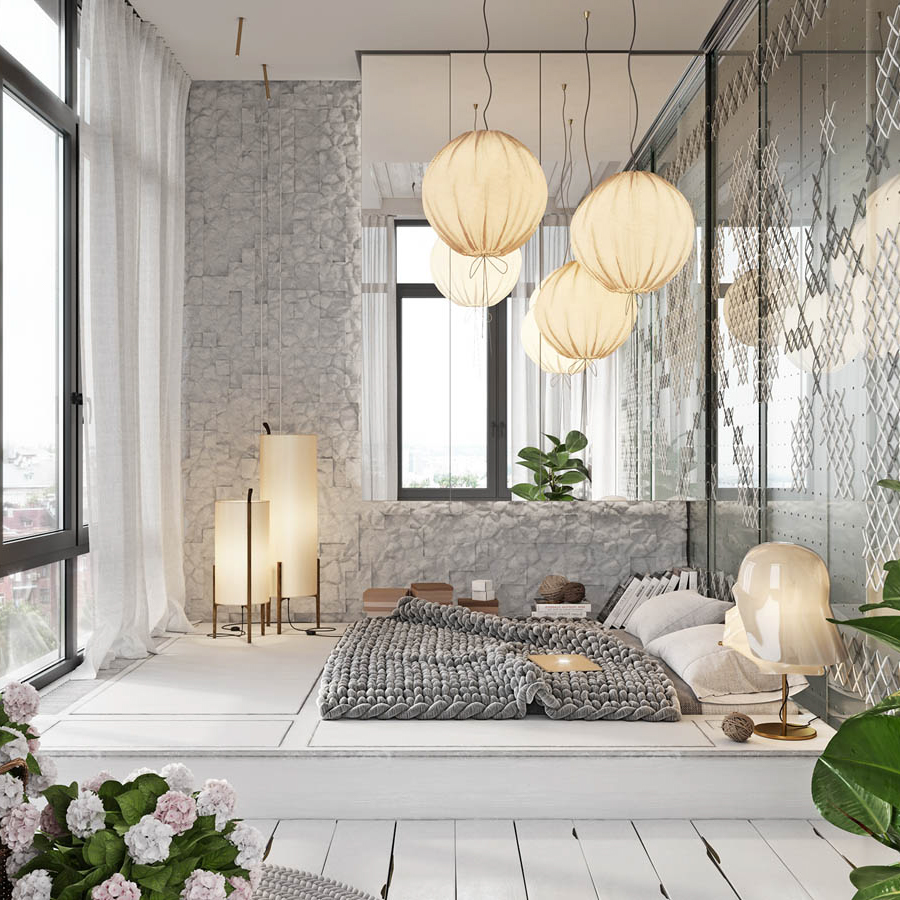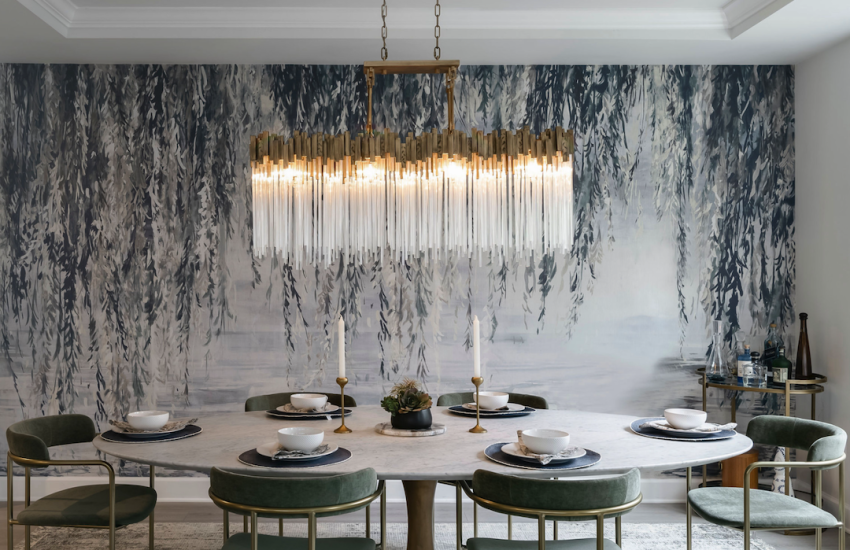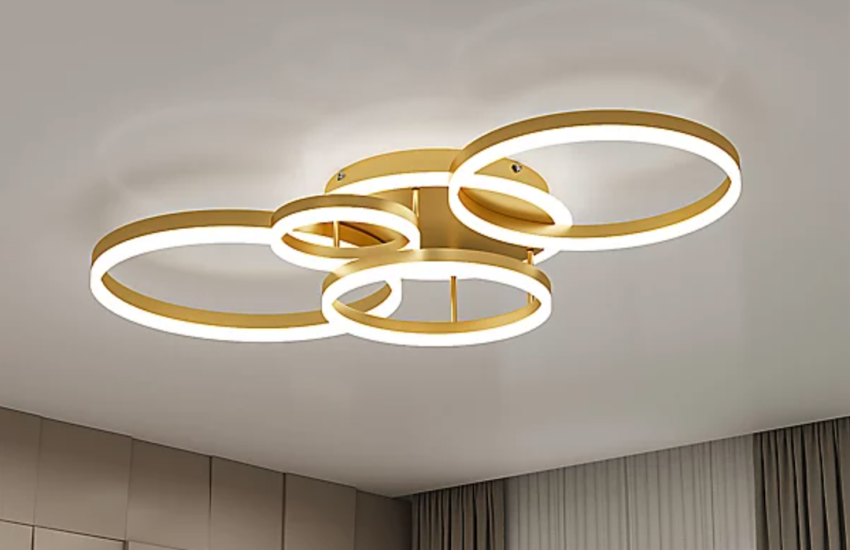
Introduction
Light bulbs are an essential part of our daily lives, providing the necessary illumination for us to see and work comfortably. However, with the plethora of light bulb sizes available in the market, choosing the right size can be a daunting task. This guide seeks to demystify light bulb sizes, providing valuable information to help you choose the right size for your needs.
Understanding Light Bulb Sizes
Light bulb sizes are usually measured in terms of their diameter (in millimeters) and length (in millimeters). The diameter is typically denoted using the letter “E”, followed by a number that indicates the diameter in millimeters. For example, E26 bulbs have a diameter of 26 millimeters. The length is usually expressed using two digits that indicate the length in millimeters. For example, a bulb with the code “PAR16” has a diameter of 16 millimeters and a length of 50 millimeters.
Common Light Bulb Sizes
Some of the most popular light bulb sizes include:
E26 Bulbs
E26 bulbs are also known as medium base bulbs and have a diameter of 26 millimeters. They are the most common light bulb size used in America and can be found in a variety of applications, including lamps and light fixtures.
E12 Bulbs
E12 bulbs are also known as candelabra base bulbs and have a diameter of 12 millimeters. They are commonly used in chandeliers, decorative light fixtures and accent lighting.
GU10 Bulbs
GU10 bulbs are known for their bi-pin base and a twist and lock mechanism. They have a diameter of 50 millimeters and are mainly used for task lighting, such as under cabinet lighting and accent lighting.
PAR Bulbs
PAR bulbs are used for directional lighting in track and recessed lighting fixtures. PAR bulbs are available in different sizes, with PAR16, PAR20, PAR30 and PAR38 being the most popular sizes.
Factors to Consider When Choosing Light Bulb Sizes
There are several factors to consider when choosing the right light bulb size for your needs, including:
Fixture Compatibility
It is crucial to choose a light bulb size that is compatible with your fixture. It is essential to check the manufacturer’s guidelines to determine the size of the light bulb that is recommended for your fixture.
The Space You Are Lighting
The size of the room and the height of the ceiling will also determine the right size of the light bulb. For example, a larger room will require larger bulbs in order to provide sufficient illumination.
The Function of the Lighting
Different lighting needs require different light bulb sizes. For example, bright task lighting such as reading will require larger and brighter light bulbs than ambient lighting.
Energy Efficiency
Energy-efficient bulbs such as LED and CFL bulbs have lower wattage requirements and provide a comparable amount of light to traditional incandescent bulbs. Therefore, if you’re looking to save on energy costs, you may want to consider energy-efficient bulbs.

